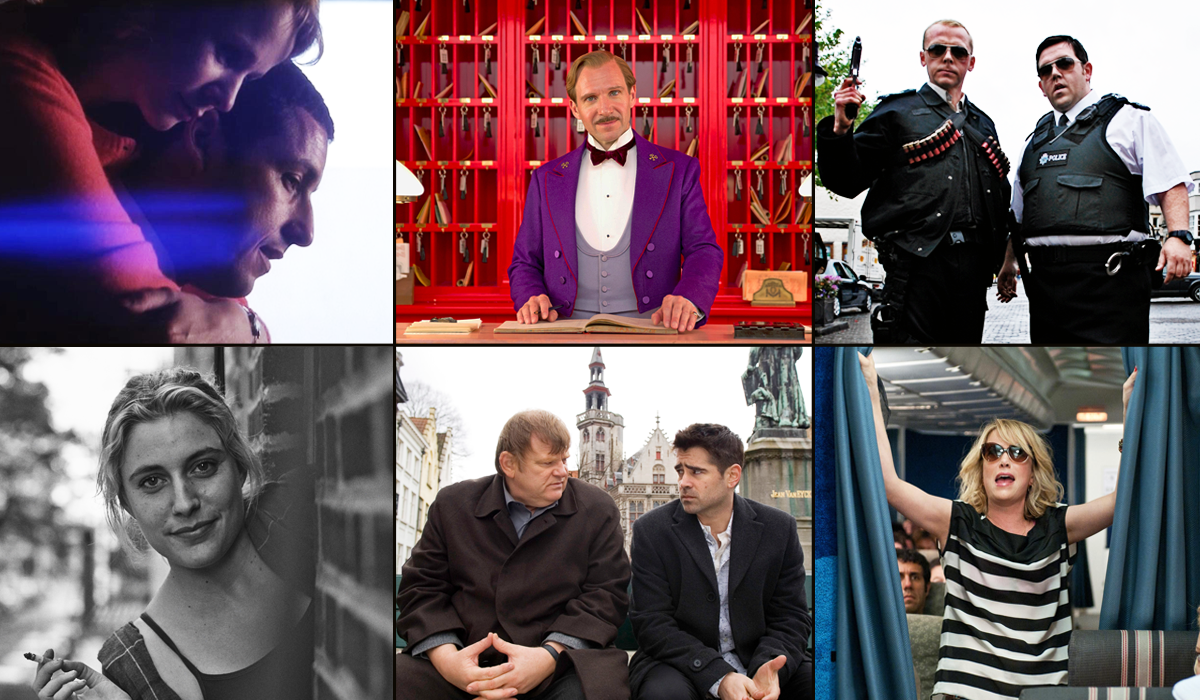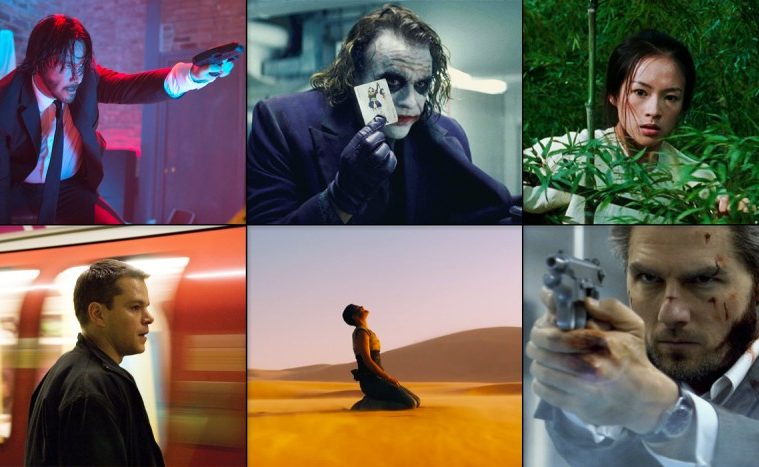Since the dawn of the 21st century, action cinema has undergone a bigger change than perhaps any other genre. As the tools with which filmmakers craft their works have continually advanced, a sort of renaissance has begun wherein action films stepped firmly into their own. Often put in the same category as horror — not taken seriously as a form of artistic expression outside of its core fanbase — action has had to boldly announce itself as a viable medium through which big set pieces, but also big ideas, can be presented and explored.
With the highly anticipated John Wick: Chapter 2 arriving in theaters this Friday, we’ve set out to reflect on the millennium’s action films that have most excelled. To pick our top 50, we’ve reached out to all corners of the globe, choosing an array of films ranging from grand to gritty, brutal to beautiful. The result is a showcase of what action cinema can do at its peak presentation: knock you flat on your back while igniting ideas and emotions with explosive, lasting impact.
Check out our top 50 below and let us know your favorites in the comments. One can also see the full list on Letterboxd.
50. Shoot ‘Em Up (Michael Davis)
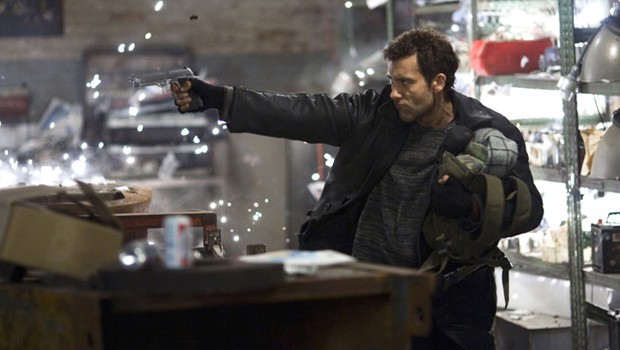
Everyone has that one friend who is just crazy, who runs across a highway with a bottle of whiskey in his hand while screaming something that might be considered a slur and also shamelessly hits on his friends’ girlfriends. Why do we hang out with that guy? Because every now and then he does something so insane you know that when you’re 80 years old you’ll be telling your grandkids about it when their parents are out of earshot. That is what Shoot ‘Em Up is – a mad bastard of a film that must be seen to be believed and that would have a giant Motley Crue back tattoo if it ever took human form. Clive Owen plays a sharpshooter by way of Bugs Bunny that has to team up with a prostitute played by Monica Bellucci to keep a baby safe from… everyone. This movie takes place in a universe where guns are the only tool, and the only thing deadlier than a gun is a carrot. God bless it, and keep it away from weddings. – Brian R.
49. Hanna (Joe Wright)
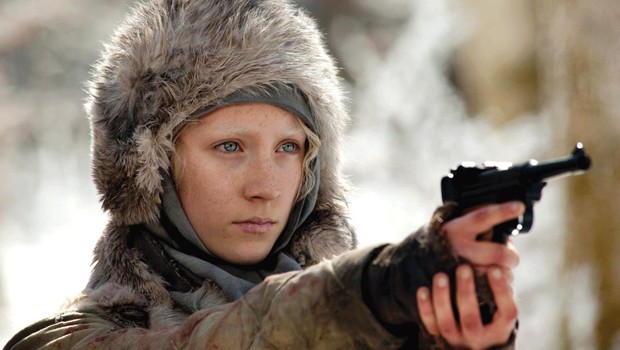
When it hit theaters in 2011, Hanna immediately distinguished itself from the annual mass of faceless action movies through sheer, idiosyncratic style. Spanning locations as varied as Finland, Germany, and Morocco and driven sonically by a pulsing electronic beat by The Chemical Brothers, Joe Wright’s film feels like a mélange of European art cinema, Jason Bourne, and Grimms’ fairy tales, a delectable confection that features Saoirse Ronan as a naïve teenage assassin qua Little Red Riding Hood and Cate Blanchett as the Big Bad Wolf in high heels who brings the wilderness of the wicked world to the uninitiated heroine’s doorstep. As a twisted tale of tainted innocence, Hanna packs a wallop, but the film can also be enjoyed on the more visceral level of its hand-to-hand combat, which astonishes not so much on account of its choreography (though the film ain’t half bad in that department either) but the accompanying editing and cinematography, which add a degree of rhythm and spatial dimension to the fight scenes that is absent from most of Hanna’s genre counterparts. Wright, in his wild experimentations with shot orientation, length, and composition, demonstrates an understanding that, though “action” can describe bodies in motion, the word can apply to the camera as well. – Jonah J.
48. Ghost in the Shell 2: Innocence (Mamoru Oshii)
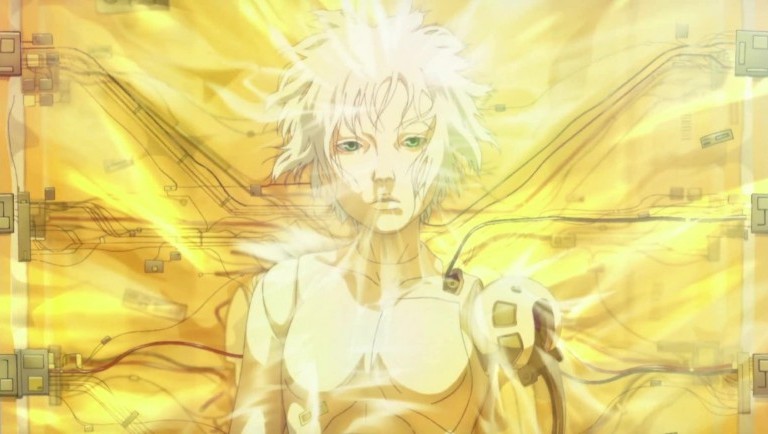
The sequel to Mamoru Oshii‘s seminal 1995 cyberpunk film may seem an unconventional pick for a list celebrating action films – after all, as many irritable fanboys may tell you, the majority of the film consists of quiet mood scenes and dense, citation-heavy musings on the fate of man in a post-human world. The action scenes present, however, are like nothing else ever glimpsed in animation or live action. Though the quick and beautiful blitzkriegs of gunplay and futuristic martial arts combat may warrant the easiest comparisons to John Woo, Oshii and his talented crew at Production I.G. take full advantage of the possibilities of digital animation to play with movement, framing and distortion in ways live-action cinema could never imitate to the same degree of breathtaking fluidity. Though the film’s composition and editing takes at least a general cue from live action (in contrast to some other animated gems like Hiroyuki Imaishi’s masterpiece Dead Leaves — too short to qualify for this list, regrettably, but most assuredly wreaking havoc in our hearts — Oshii, whose earlier work helped inspire the iconic action choreography of The Matrix, is not content to let himself be overshadowed by Hollywood. In GitS2 he proudly demonstrates his mastery of the medium in a final act in which nine minutes of continuous combat are choreographed to a sweeping, otherworldly vocal suite of Buddhist poetry from trusted musical collaborator Kenji Kawai. The “bullet ballet” of East Asian action cinema has never before or since felt so literal, or so transcendental. – Eli F.
47. Three (Johnie To)

A sterile hospital building may not be the first choice to capture cinematic beauty, but Three proves that a film in the hands of Johnnie To means expectations will be upended. If cinematography is as much about camera placement and movement as visual quality, Three is a masterclass in the former. The best (perhaps only worthwhile) action movie of last year, this is the rare genre entry in which the intense build-up may impress more than the guns-blazing climax — itself a euphoric, sublimely executed bout of showmanship. – Jordan R.
46. Fast Five (Justin Lin)
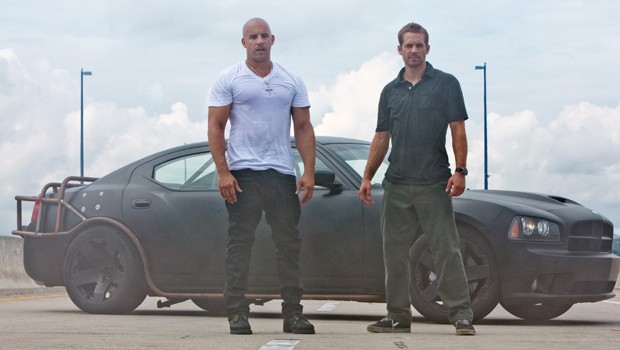
The Fast and Furious movies began as a pretty blatant rip-off of Point Break. They offered the thrills and chills of high speed car races and undercover detective stories wrapped up in a single package. It was until the fifth installment, however, that the franchise found its true calling as a movie about demi-gods whose chariots happen to be muscle cars. A heist film mixed with action beats that laugh at even the pretense of reality, Fast Five put the outsized personalities of its stars (plus new addition Dwayne Johnson) into a mad context that deserved them. Everything since then has been bigger, but this is where the self-aware fun hit its apex. – Brian R
45. The Good, the Bad, the Weird (Kim Ji-woon)
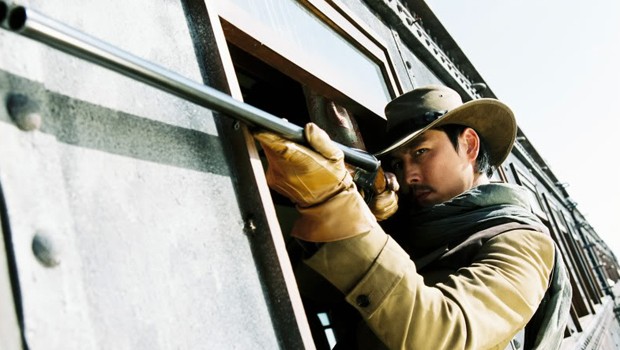
The films of Sergio Leone have influenced a generation (or more) of filmmakers, both explicitly and subtly, but few products of inspiration have more madcap fun than Kim Ji-woon‘s The Good, the Bad, the Weird. Featuring Lee Byung-hun (who would actually go on to star in another Sergio Leone remake last year), Song Kang-ho, and Jung Woo-sung, the perfectly-cast trio simply have a blast in this South Korean western, which never shortchanges both its sensibilities from its native country as well as the genre it’s embracing. – Jordan R.
44. Dredd (Pete Travis)

In Dredd, all that was once old and stolid becomes searingly new again. Combining the acute spatial coherence and laser-focused screenplay of Die Hard with the gritty dystopian vibe and satiric wit of Robocop, the film may well be one of the greatest pure shoot-em-ups since the genre’s heyday in the 1980s. And yet, the dazzling sensory onslaught of aestheticized uber-gore and the meticulously constructed sense of topography, each keenly picking and choosing the strongest aesthetic and narrative qualities of violent video games, are unmistakably products of a new generation. (For a fun activity, just try and find a scene where you can’t figure out within 20 seconds where one character is, and where they are going, in relation to another — then compare that to a Christopher Nolan film.) The fusion of old wisdom and irreverent young blood proves an explosive, enticing and deliciously nasty concoction. – Eli F.
43. Edge of Tomorrow (Doug Liman)
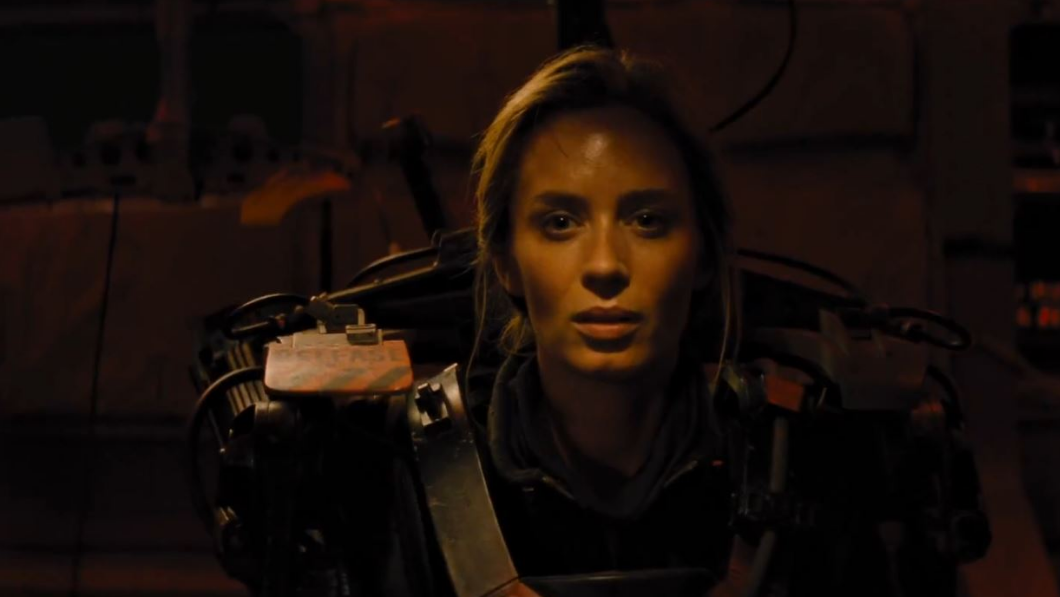
Prior to its release in 2014, Edge of Tomorrow seemed like a sure-fire failure. Its production was chaotic, its budget spiraled out of control, its title was changed (it wouldn’t be the last time), and the film generally had mounting bad buzz. However, it ended up earning glowing reviews, and it quietly climbed towards almost $400 million worldwide thanks to strong word-of-mouth. The film is a real sci-fi treat: Halo meets Groundhog Day, with Tom Cruise daringly playing against type in the first half as a cowardly guy who actually undergoes a character arc. Emily Blunt is likewise memorable in her role, and the two leads have genuine chemistry that helps to elevate the thrillingly repetitive story. While the movie suffers a bit in its final moments, reeking of studio intervention, the setpieces here make an impression — even if it’s the 50th time we see them. – John U.
42. Elite Squad (José Padilha)
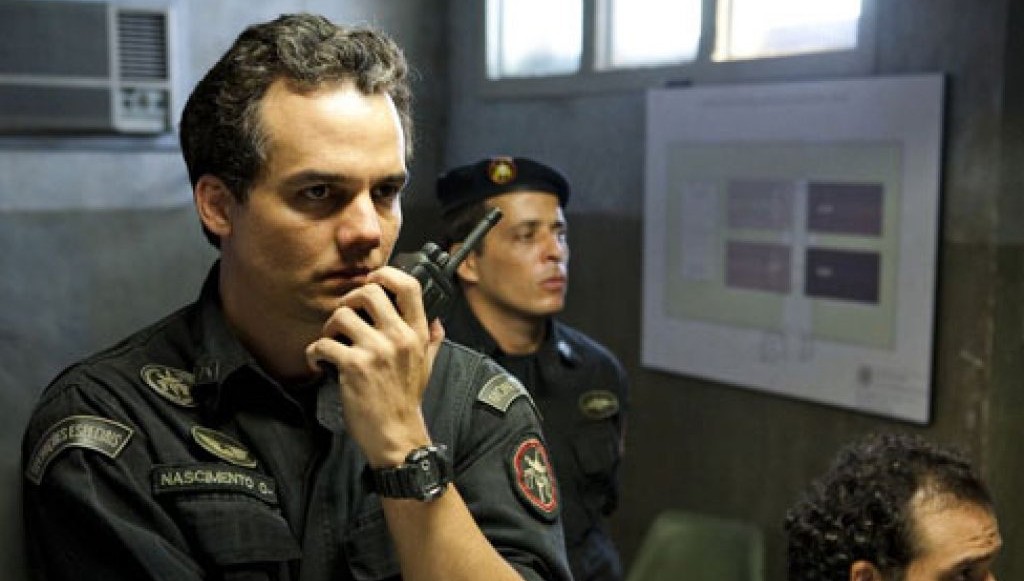
Brazilian favelas are both rich with culture and crime. In this 2007 film directed by José Padhilla, the native filmmaker dives deep into the slums and creates an action-packed crime thriller that is one of the most intense portrayals of life in the favelas to date. By alternating between two narratives between the corruption of the police and their connection to the street gangs, Padhilla weaves a tapestry of betrayal and revenge. It also features some of the grittiest and elaborate shootout scenarios that any action film fan can truly appreciate, propelling the film to become a franchise in South America where it spawned two big budget sequels. – Raffi A.
41. District 9 (Neill Blomkamp)
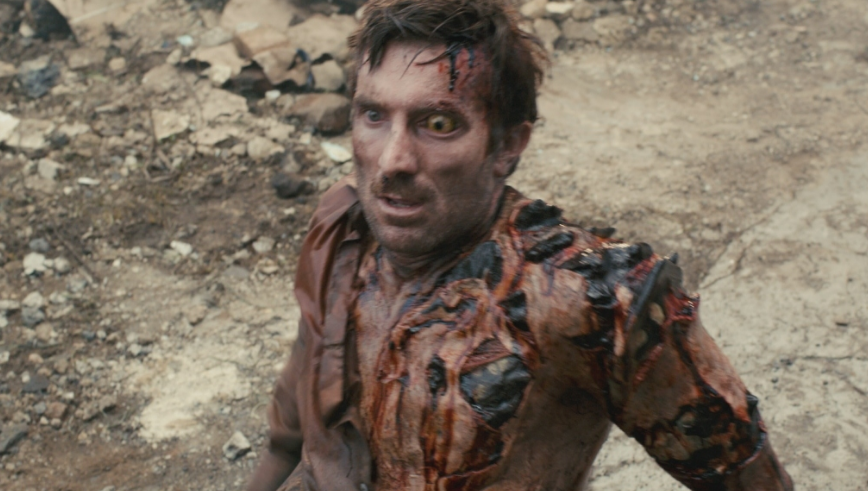
South African director Neill Blomkamp was attached for some time to the unproduced adaptation of Microsoft’s Halo series, and that ill-fated project’s legacy peeks through in District 9‘s frantic, videogame-inspired second half. Eccentric aliens, head-exploding carnage and grimy futurism are all well and good, of course, but what really sets the film apart from the pack (including Blomkamp’s own modestly successful follow-ups) is the way it channels the political tensions of the director’s homeland. Drawing from South Africa’s loaded history of prejudice, terror and apartheid without offering explicit commentary, Blomkamp takes after The Twilight Zone in fashioning a twisted sci-fi fable in which cathartic action beats bear the undercurrent of lived history and relevant social context. District 9 may not be mistaken for a “cerebral” film — again, there are a lot of exploding heads — but in its class of genre thrill rides it’s one smart cookie. – Eli F.
40. 13 Assassins (Takashi Miike)
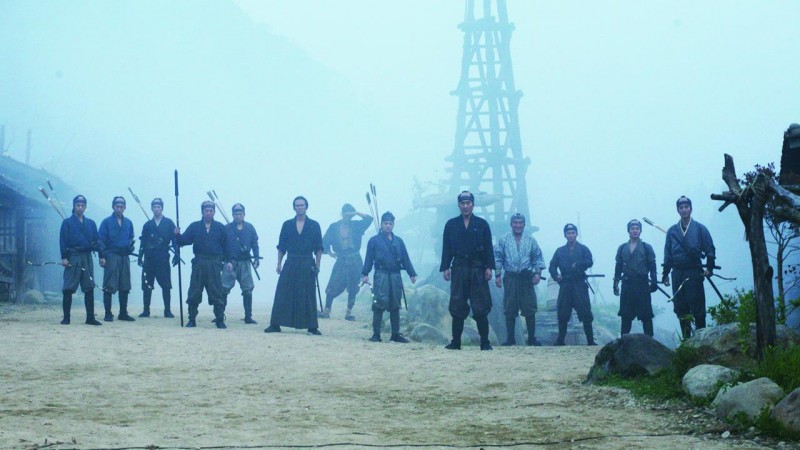
Historical action films suffer from a lot of issues. Clunky costumes, lame weapons (sorry muskets), and a lack of willingness to really go for it when the time comes to let loose. Brotherhood of the Wolf got around this by becoming a sort of French kung fu fairy tale, and 13 Assassins gets around it by really leaning into perhaps the most mythical and cool warrior class that ever existed: the samurai. With swords and arrows and cunning and speed, the samurai, and their public relations-savvy cousins the ninja, are the perfect action stars. This film layers that mythology and iconography over a simple story of revenge and lets rip with an extended sequence of mortal combat that is equal parts muscle and mind. – Brian R.
39. Skyfall (Sam Mendes)
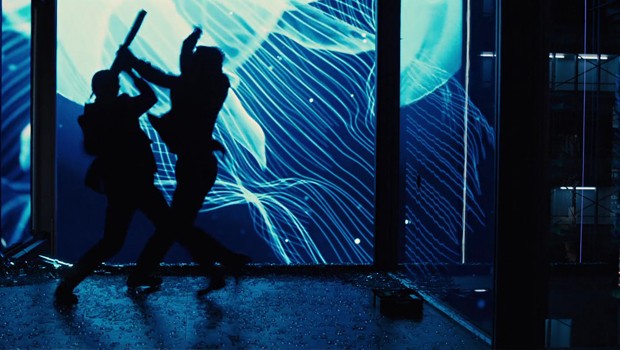
While it cannot match the impact of Casino Royale, Sam Mendes‘ first outing with the Bond saga still stands as a stirring and worthy entry, one that manages to inject depth and pathos into its age-old iconic characters, while still delivering the modern-day action goods. Skyfall, which centers on Bond’s most personal journey of the entire Daniel Craig series, is well aware of the ground it’s treading, allowing itself moments to poke fun at the wonky gadgets of the spy world, while also evolving Bond’s once virile secret agent into an aging and jaded loner. This paints Bond as a more sympathetic hero, one marred by both the demons of his past and his now-aging body. As the film builds momentum, it exchanges larger scale set-pieces for something much more intimate in its climax. Focused on Bond, M (Dame Judi Dench), and one of Bond’s most memorable villains (a scene-chewing Javier Bardem), the church showdown adds an emotional punctuation to what truly should have been the end of Craig’s run. And finally, it cannot go unstated that the film’s striking cinematography is lensed by maestro Roger Deakins. Nearly every frame is gorgeously composed, rendering every action beat with crisp definition and clarity. – Mike M.
38. District B13 (Pierre Morel)
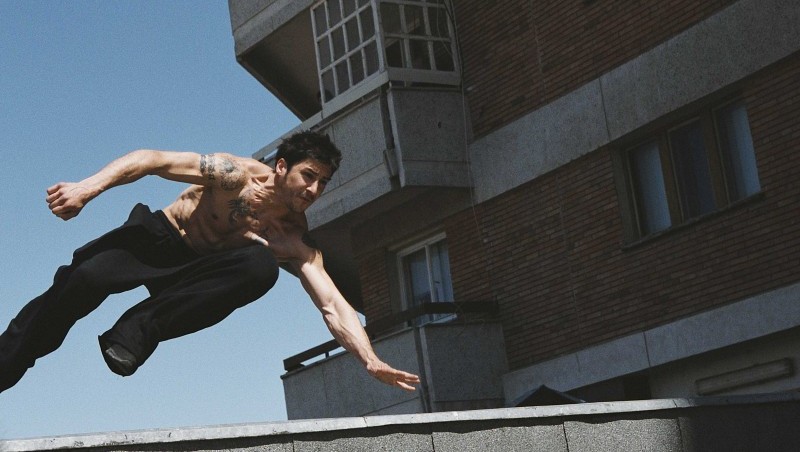
Parkour, the activity of acrobatically traversing space with efficiency and speed, has seen it’s fair share of iterations throughout the years in major action film franchises. Think of the opening scene of the James Bond reboot Casino Royale, or the bouncy villain from Live Free Die Hard and Matt Damon prancing along rooftops in the elaborate chase sequences of The Bourne Legacy. Yet none of these moments come close to capturing the frenetic intensity of parkour quite like District B13, a dystopian sci-fi French film that has some of the most intricately choreographed moments of running, climbing, swinging, vaulting, jumping and rolling ever committed to celluloid. It might have something to do with the fact that the lead protagonist of the film, Leïto, is played by David Belle, who is considered by many the founder of the sport of parkour. – Raffi A.
37. Unleashed (Louis Leterrier)
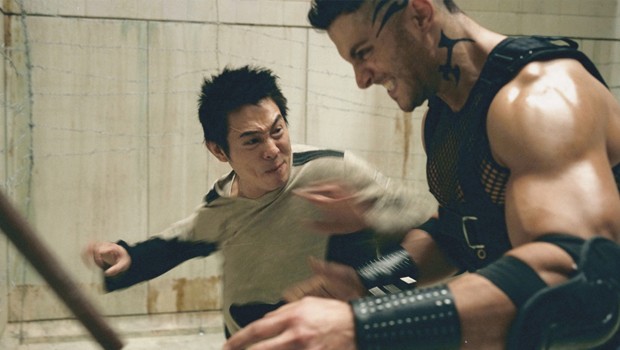
Never count out the necessity of good character building. Unleashed (which was released in Europe over the much cooler name Danny the Dog) gives a fair amount of bone-crunching action up front, but when the time comes for the real story to start the film doesn’t shy away from really investing in its relationships. Jet Li is a man trained as a martial arts attack dog, while Morgan Freeman is the blind piano tuner who finds him and brings him back to humanity, along with his daughter Victoria (Kerry Condon). It is, to be frank, a ridiculous story, but the actors sell it and the action delivers. Weirdly affecting and deeply satisfying, Unleashed deserves a lot of reappraisal. – Brian R.
36. The Bourne Identity (Doug Liman)
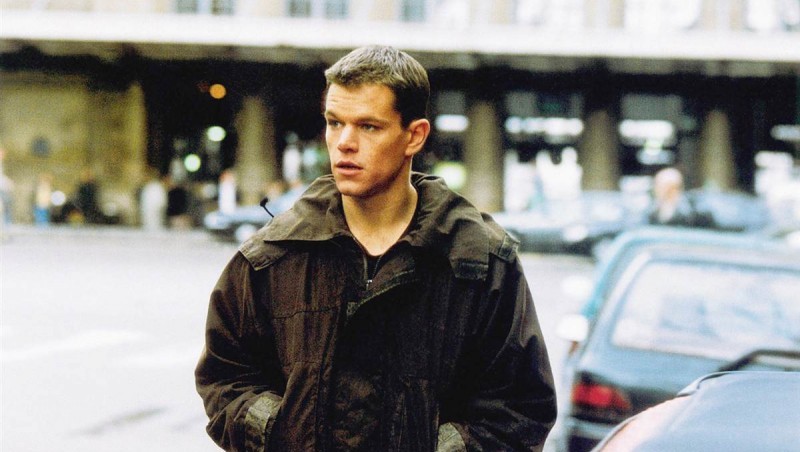
Catapulting Matt Damon into a new echelon of leading man stardom, this first entry into the Bourne series may not be the height of the franchise, but it’s a thrilling, efficiently simple introduction to the character. With an intriguing set-up providing enough mystery to last two more films (we’ll forget about the spin-off and last summer’s much-requested, immensely disappointing follow-up), The Bourne Identity proved there was enough room in Hollywood for another globe-trotting spy franchise. – Jordan R.
35. Drug War (Johnnie To)
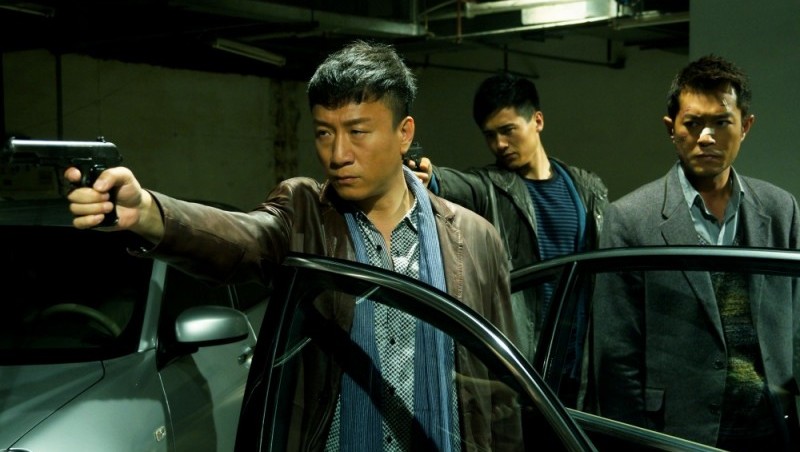
The beauty of Johnnie To’s Drug War lies in how somatic it is. Rather than attempting to psychologize characters’ actions through expressive musical cues, poignant close-ups, or overly expository dialogue, the film tends toward matter-of-factly showing us what veteran cops and criminals do and forcing us to infer their motivations, which are genuinely complex rather than dumbed down for the audience. Stripped of all fluff or fat, the film races breathlessly through a crazily dense plot, forcing us to keep up without ever giving the sense that To has lost track of where his movie is going. This same level of intelligent terseness extends into the films’ various shootouts, which are paradoxically huge in scale. Indeed, the amount of ammunition that is expended in these scenes brings to mind the guns a’ blazin’ excess of a John Woo or Michael Mann picture, but Drug War’s grand spectacle never drowns out the fact that there are smart, capable people in its midst, trying to strategize their way to victory rather than blindly firing as most generic action heroes are wont to do. The film’s ten-minute finale is especially stunning, involving double and triple crosses, spur-of-the-moment decisions subtly conveyed through editing, and gunplay that manages to feel simultaneously pandemoniac and precise. Chaos this well-orchestrated is a welcome rarity in our age of spastic action-movie filmmaking. The same can be said about Drug War as a whole. – Jonah J.
34. Hero (Zhang Yimou)

From action virtuoso Zhang Yimou, Hero is a fast-paced epic that represented the peak of the wuxia film stateside, following a film that (spoilers!) appears high up on this list, Crouching Tiger, Hidden Dragon. Jet Li stars as a warrior with an agenda meeting with the King of Qin, surrounded by everyone from Zhang Ziyi to Donnie Yen to Tony Leung Chiu-Wai. Swirling storytelling meets swirling stunts, cementing this one as a vibrant must-watch. – Dan M.
33. 300 (Zack Snyder)
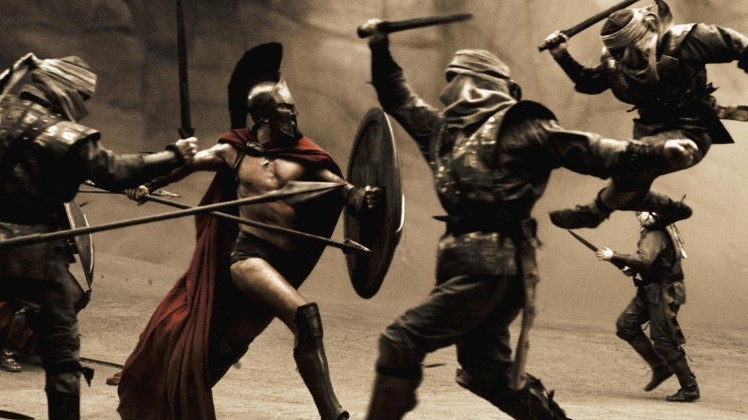
Today, Zack Snyder may be a source of controversy among comic book fans, but with the 2006 film that turned him into a household name he was at least put to work on material perfectly suited to his own distinctive wavelength. Adapted from Frank Miller‘s graphic novel – itself adapted liberally from the histories of Herodotus – 300 is and should be the epitome of swords-and-sandals high camp. All of Snyder’s familiar tropes find their proper home in an orgiastic two-hour onslaught of digitally enhanced violence, machismo, eroticism and stylistic overkill. The film even has the savviness to justify its own excess via a clever framing device: the entire story is the visualization of a lone Spartan’s tale, ancient Greek propaganda with modern production values. Using green-screen techniques to replicate the distinctive aesthetic of Miller’s art and deploying fantastical costumes and imagery with aplomb, Snyder captures George Lucas’ dream of using digital technology to transform the frame fully into a canvas, with every image composed and manipulated exactly to the filmmaker’s liking – and unlike Lucas, he has the words and sensibilities of a competent writer to give his creations shouting, bleeding, chest-pumping life. Snyder, however, has never since seemed to fully grasp the absurdity of his own work, which makes 300 all the more valuable and eminently watchable as a blessedly unpretentious ode to overkill. – Eli F.
32. Ip Man (Wilson Yip)
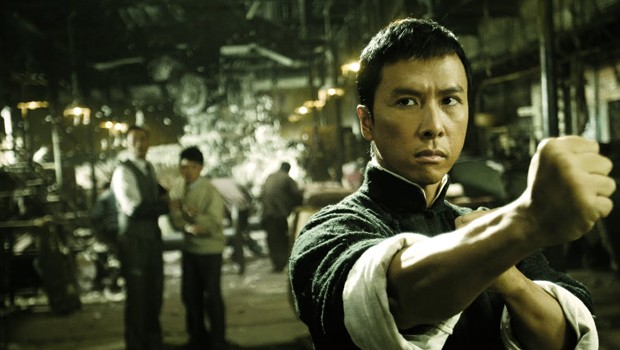
Ip Man, directed by Wilson Yip, does something quite profound with its action trappings. At the start of the film, the titular martial artist master (Donnie Yen) engages in a fight with a challenger in his home. The pair soar around the room, breaking potted plants and furniture despite the requests from Ip Man’s wife that nothing be destroyed. Ip Man is courteous in his victory, taking no pride in a gentleman’s joust. This is China before the Japanese occupation — vibrant, happy, and full of life, and the fighting reflects that state of being. Then the occupation begins, and all color is sapped. All joy is gone. And when Ip Man engages in another fight, it is the exact opposite of what has come before. It is vicious and personal. Ip Man does not smile, but battles with a ferocious intensity that reflects the world he has been thrust into. By contrasting the jovial and almost cartoonish tone of the earlier fight, Ip Man allows its genre concerns to stretch over its thematic ones. This creates deeper meaning for each, solidifying a strong bond between material and genre. This is a confidently paced, wonderfully choreographed piece of martial arts cinema. – Mike M.
31. The Guest (Adam Wingard)
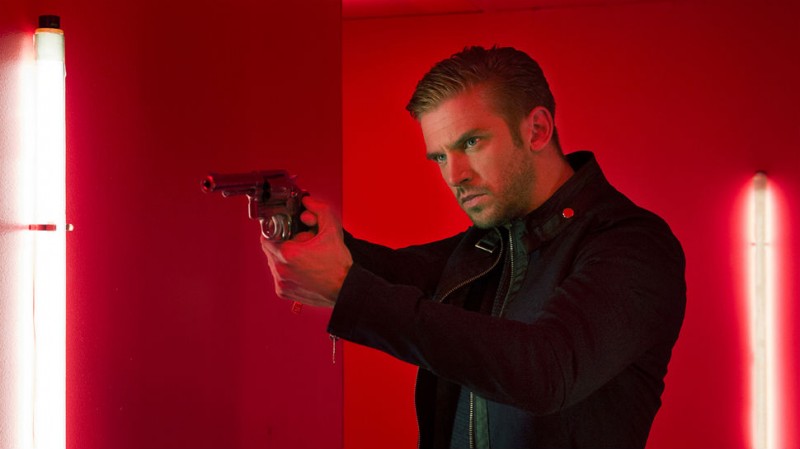
It struck me on my fifth viewing of Adam Wingard’s genre-blending action picture The Guest just how well it works as a movie-going experience (and that, yes, I was a bit obsessed as well). To be honest, the same sensation swept over me on my first viewing, but on a much more visceral level. By this, I mean that it manages to hit all the satisfying structural beats of a traditional narrative, while still pulling out surprises through its deep-seated knowledge of genre tropes. This makes for a film as fun to watch as it is to dissect. With a lavish color palette, clever editing, and a thumping soundtrack, Wingard and writer Simon Barrett craft a slick action film with a devilishly charming performance from star Dan Stevens. It slides by like a pair of grenades, exploding with its effortless cool and dark gut. – Mike M.
30. SPL: Sha Po Lang (Wilson Yip) and SPL II: A Time for Consequences (Cheang Pou-soi)
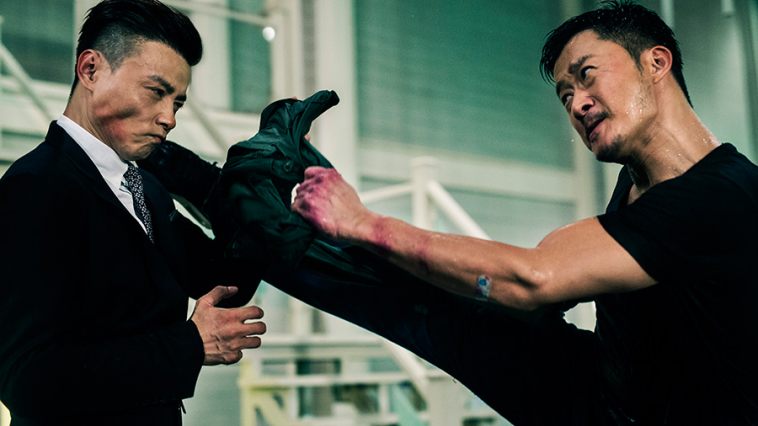
In one sense, SPL 1 and 2 are only nominally part of the same series. No characters from the first installment reappear in the second, though a couple actors do return to play new roles. In another sense, however, the two films are very much of the same blood. Both exist in a world where morality is relative, cops and criminals wage all-out war against each another, and, most importantly, some of the world’s most recognizable martial arts stars wander the streets on both sides of the law, injecting gravity-defying, bone-breaking quixotism into an otherwise dark and gritty existence. Additionally, both films possess the added virtue of having deftly edited, coherently shot action scenes, ones where the relative placement and orientation of the fighters remains discernible even when the camerawork turns frenetic.
Despite the films’ shared genre DNA, however, the specific genetic coding of SPL 1 and 2 differ significantly. The first film, likely resulting in large part from budget constraints, is smaller in scale, with fight scenes occurring in closer quarters and usually between no more than two or three combatants. Its story has a corresponding straightforwardness, structured around a single, primary goal (take down the mob boss). SPL 2, on the other hand, is a bloated beast of a crime epic, zigzagging across various storylines and locations, and the film’s set pieces are similarly huge, possessing multiple players and topographically complex physical spaces (just look at the penthouse of the film’s finale). In the movie’s most impressive scene, a prison riot is captured in a single take that moves across two floors and what seems like a hundred extras caught within one giant melee. This stunning moment evokes what Bilge Ebiri described about the prison fight scene in The Raid 2. As bodies collide like molecules heated over a raging fire, SPL 2 untethers itself almost entirely from narrative, becoming instead purely about motion and impact i.e. action cinema distilled to its glorious fundamentals. – Jonah J.
29. Casino Royale (Martin Campbell)

Skyfall gets all the love these days, but I still consider Casino Royale to be the best of the Daniel Craig-led Bond movies – and, indeed, one of the finest of the entire series. It’s easy to forget just how lost the Bond franchise had become prior to its reboot – 2002’s Die Another Day was a true low point. Craig’s casting caused an Internet uproar, but in the end, as with Heath Ledger’s Joker, the Internet hostility was fruitless. Craig seemed to understand the roots of the Ian Fleming character arguably better than any other actor in the series, and the movie was dark and exciting and thrilling without losing its sense of humor. (I like Craig’s follow-up but I do think Royale more deftly balanced the grim with the funny.) The end of the movie when the iconic Bond theme song finally kicks in is still one of my favorite things to have experienced in a movie theater, with the entire audience breaking into applause. – John U.
28. Exiled (Johnnie To)
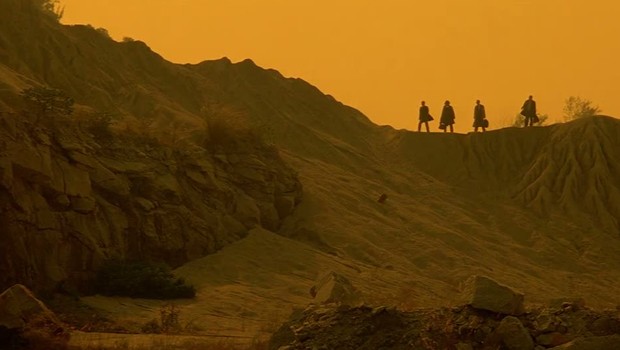
Thousands of bullets are shot over the course of Exiled, but it’s more notable how many of them never hit another person than the ending body count. Hong Kong auteur Johnnie To has only ever been nominally interested in the usual conventions of the action genre, using grandly orchestrated bullet ballets as a means, but never an end. And To’s best films are a reinforcement of that notion, shooting each gunfight with a heightened moral consequence, and closely examining the spontaneous emotional reactions of everyone involved. A sequel to 1999’s exceptional Triad crime film, The Mission, Exiled reunites the tightly bonded bodyguards of the original, and throws them into an existential death match, testing their loyalties to their professional and personal codes – and in the process, offering one of the most tense, fluid, and thrilling action films of the century. – Michael S.
27. Jack Reacher (Christopher McQuarrie)
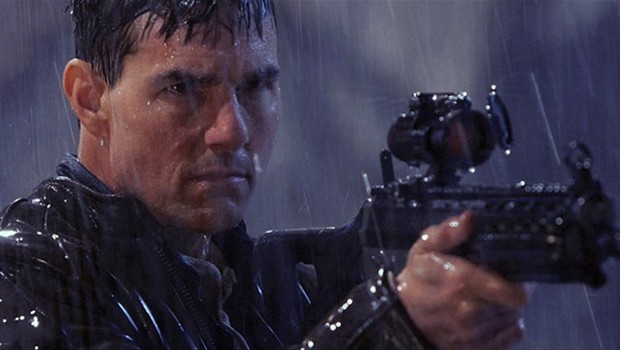
It’s unfortunate that the recent sequel to Jack Reacher was such mediocre fare, because the first movie is a solidly crafted throwback to the patient, adult action-thrillers in the vein of Dirty Harry and Bullitt. Tom Cruise received a lot of flak when his casting was announced, simply because he isn’t as physically imposing as the character in the books; but he’s charismatic and intense, which go a long way toward making his performance work in favor of the character. It’s clear that Cruise relished being able to play an anti-hero, one who phones his enemies to tell them that he wishes to drink their blood from the bottom of his boot, and you can sense it every moment he’s on screen. Director Christopher McQuarrie captures the retro style of iconic ‘70s action-thrillers, and the movie’s greatest sequence is a car chase featuring real cars driven by real people doing real stunts, a truly rare sight to behold in today’s age of CGI vehicles flying through the air. – John U.
26. A Bittersweet Life (Kim Ji-woon)
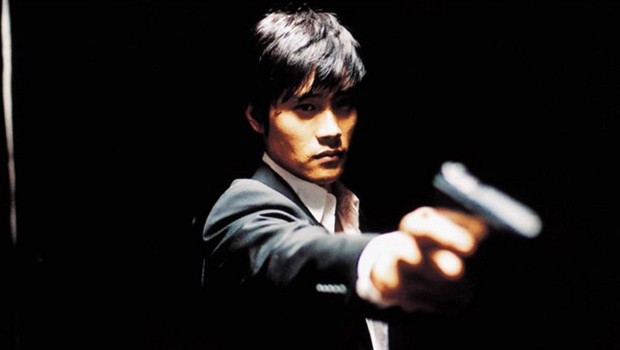
Kim Ji-woon has always been a director interested in taking a genre and pushing it to the extreme. A Bittersweet Life, his take on the crime/revenge thriller, is an uber-slick thrill ride with a beating heart. From his camera placement in a car getaway scene to an intense weapon disassembly (and life-or-death reassembly) to a take-no-prisoners finale shoot-out, most Hollywood directors could bit the bullet and learn a great deal about pacing and execution from this South Korean action spectacle. – Jordan R.
25. Man on Fire (Tony Scott)
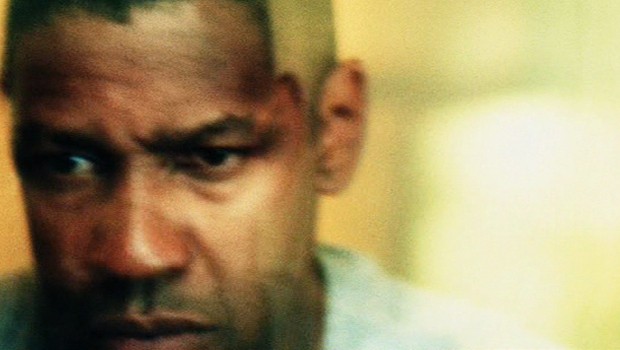
Tony Scott’s Catholic guilt revenge movie, Man on Fire, may be a sprawling, messy behemoth, but it’s kinetic, hyper-stylized aesthetic never distracts from the film’s grounded emotional tone. Scott and screenwriter Brian Helgeland spend an hour setting up the relationship between bodyguard Creasy (Denzel Washington) and Pita (Dakota Fanning) before she’s taken, to quote the title of a grossly inferior work, and one clearly influenced by this film’s man-on-a-mission narrative. Scott’s use of violence feels almost subtle, wisely aware that the emotional impact resonates much more by leaving a little to our imaginations. And when I say, subtle, I do so with the admittedly notable exception of a much-discussed scene involving a piece of C-4 explosive placed inside a man’s rectum. Treating heightened genre tropes with utter sincerity, Scott delivers an unusually enthralling piece of entertainment, which stands the test of time, if audiences can look past the occasional cliché. – Tony H.
24. Sleepless Night (Frédéric Jardin)
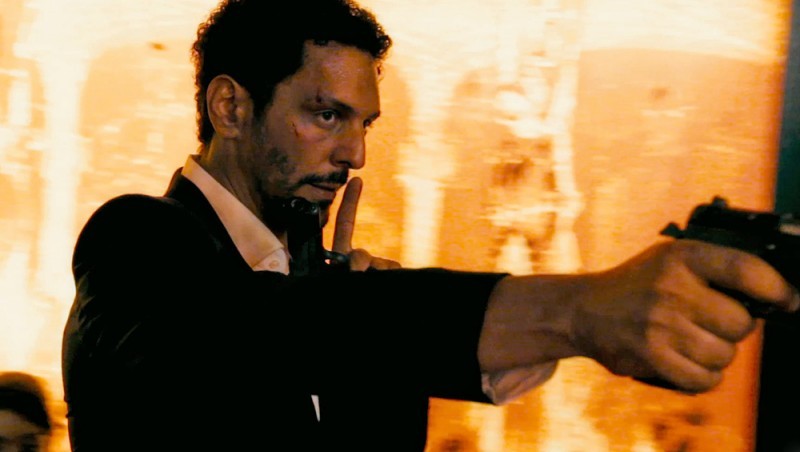
One of the most under-appreciated characteristics that an action protagonist can have is desperation. Desperation makes people dumb, but it also makes them bold, and it creates an air of immediacy that cannot be matched, even by a ticking clock. Sleepless Night involves a father desperately trying to save his son from gangsters in a night club, and the various floors and rooms in the club mean each new scene can have a different feeling, while still allowing the same level of desperation and claustrophobia to exist. With dire gambits and clever solutions aplenty, along with some visceral action, Sleepless Night is the low-key actioner the world needed, a pretty solid pre-John Wick blend of style and action. – Brian R.
23. Non-Stop (Jaume Collet-Serra)
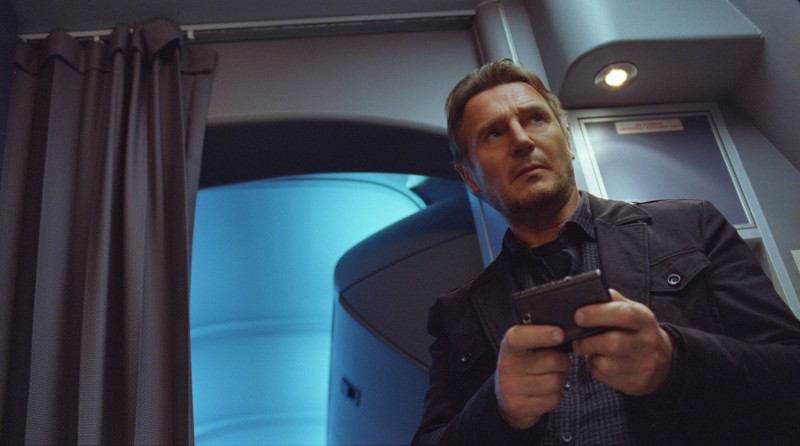
There are a few reasons why “Hitchcock would be proud” may be the very worst of all pull-quotes, not least because it compartmentalizes complex genius into a recognizable brand. So when I tell you Non-Stop is bested only by De Palma’s finest as the most-worthy holder of that plaudit, I also mean to say this: Non-Stop is not fucking around. (Now, will they put that on the case of its tenth-anniversary hologram release?) It’s the best of both worlds: willing to indulge in a bit of grand idiocy — Liam Neeson’s “I’m an alcoholic!” speech, well-acted and melodramatic in the Bigger Than Life mold, is probably the best evidence of as much — while playing this tone for significant narrative effect (some hate the ending, but I love it as a casually insensitive and, yes, perfectly logical endpoint). Thanks to Jaume Collet-Serra’s understanding that small need not equal limited — what an elaborately staged mapping of the airplane’s geography — nothing from its respective year quite hit the visceral sweet spot like this. – Nick N.
22. Time and Tide (Tsui Hark)
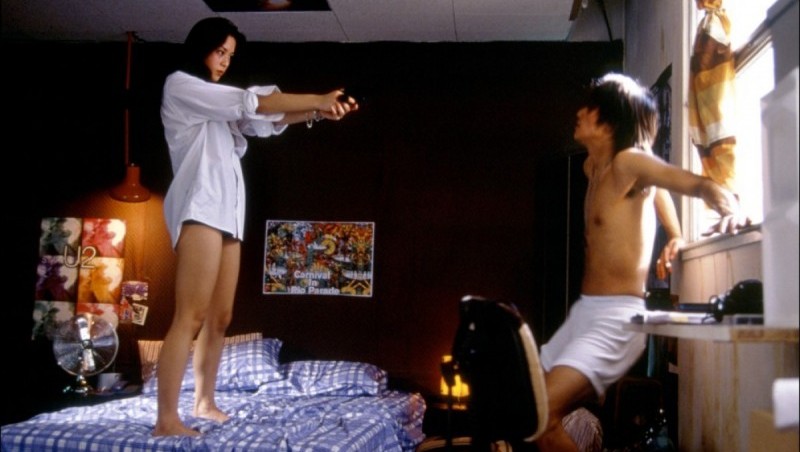
The aesthetic of speed and montage which Tsui Hark originated and nurtured throughout the 1980s and 90s possibly reaches its final perfection here — there are some who call it the ‘ real last gasp of the Hong Kong action cinema” of that era. If this film’s plot consistently appears to be almost incomprehensible, it’s made up for one of the most staggering displays of stylistic devices within the medium’s history. Here is an action film where the alternative compositions and montage effects of more economically made cinema is applied to a large-budget film, perhaps because Hark knows that it’s these exceptions which drive the medium forward. Almost avant-garde at times, yet never distanciating, and always breathtaking. – Neil B.
21. Inception (Christopher Nolan)
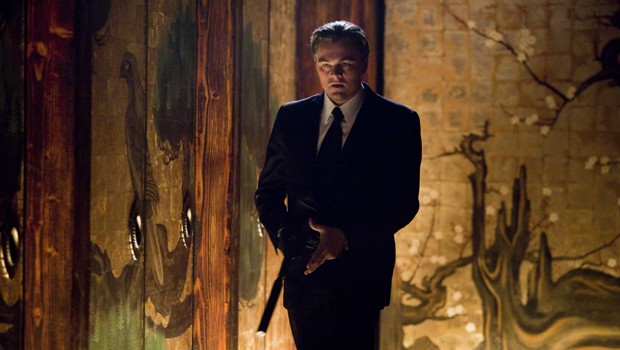
Inception is an arthouse movie with blockbuster aspirations. Or perhaps it’s the other way around. It is the product of a director given free reign by his studio, and a film that challenges its audience as much as it seeks to delight them. Who can forget the dream-within-a-dream world building, or the visually stunning action sequences such as the one that takes place inside a rotating hallway? Dizzying, beautifully scored and edited, and filled with memorable performances (including the role that properly introduced Tom Hardy to many American viewers), Inception is without a doubt one of the most influential and respected films to emerge from the genre in recent years. – John U.
20. Mission: Impossible – Rogue Nation (Christopher McQuarrie)
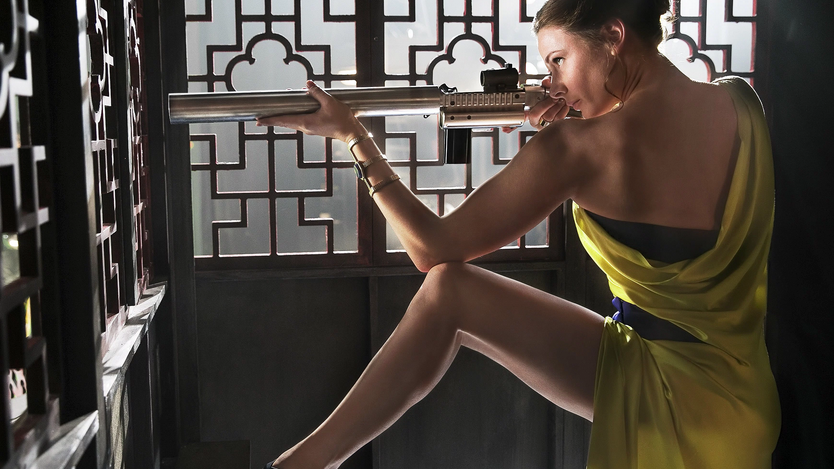
Rogue Nation is a movie that begins with an epic action set piece and never lets up. Featuring some killer practical effects work and finely orchestrated stunts, the latest Mission: Impossible feature ups the ante (Tom Cruise literally strapping himself to the side of a plane arguably one-ups the Burj Khalifa scene from Ghost Protocol). It also features the series’ strongest female role to date, played by break-out star Rebecca Ferguson. Rogue Nation is the culmination of the most successful elements of the previous two films in the series, continuing the team dynamic and giving Tom Cruise’s Ethan Hunt a more formidable foe (though it’s becoming doubtful that the series will ever find another performance as villainous as Philip Seymour Hoffman in the third movie). If the finale proved anything, Mission: Impossible doesn’t need to get bigger to get better. – John U.
19. Why Don’t You Play in Hell? (Sion Sono)

There’s throwing everything at the wall, then there’s Sion Sono‘s method of ripping down every wall to create something wholly unique while still paying homage to the action films that have come before him. In melding his love for filmmaking with bat-shit insane gangster warfare, Why Don’t You Playing Hell? is a blood-spattered, kaleidoscopic of kinetic energy. It’s a moviemaking feat that would make Seijun Suzuki proud, perhaps the highest compliment imaginable. – Jordan R.
18. Blackhat (Michael Mann)
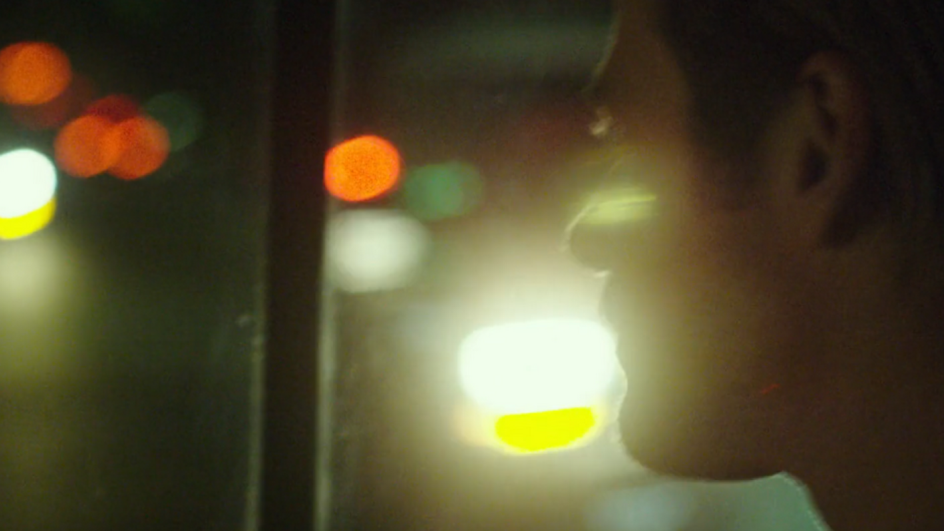
Michael Mann has been a master of action cinema for a few decades now, embracing the digitization of moviemaking and utilizing the rapidly-advancing technology to create a new meaning of grit and frenetic energy in each of his works. With Blackhat, Mann paints his globetrotting adventure with a confident flair, rendering action scenes like no other filmmaker today. When weapons are fired in Blackhat, they sound and feel like someone just pulled the trigger next to your face. This has everything to do with Mann and cinematographer Stuart Dryburgh‘s digital work, which is as propulsive as it is raw. Throughout the film, Mann elegantly strings together these set pieces, while weaving in small moments of intimacy and character beats in between. Finally, the beauty of Blackhat as an action film is that, despite all its larger-scale chases and multi-national travel, culminates in an intimate climax that resolves itself with just a couple men and a few brutal uses of a knife. Up close, dirty, and personal. – Mike M.
17. Crank and Crank: High Voltage (Mark Neveldine and Brian Taylor)
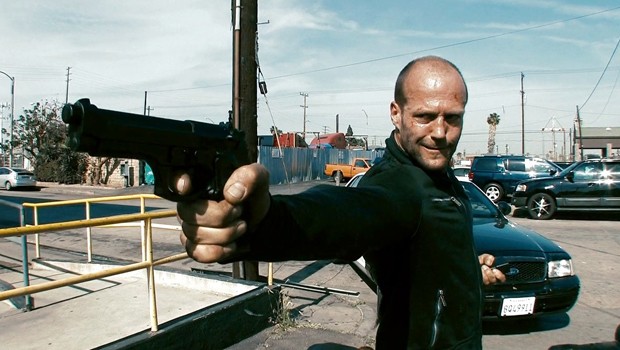
Vulgar, tasteless, and psychotically over-the-top. Yes, you could describe writer-directors Mark Neveldine and Brian Taylor‘s gloriously schlocky Crank and it’s even schlockier sequel, Crank: High Voltage, in such words. Chev Chelios may be the character Jason Statham was born to portray. Whether he’s attaching jumper cables to his tongue or publicly making love to his special lady (Amy Smart, whose patience with this ridiculous role should have earned her an award… literally any award) on not one but two separate and batshit crazy occasions, Chev is willing, much like the films in which exists, to go anywhere for a crude joke or a deranged action sequence. What makes the series so engaging is it’s wry self-awareness and stylistic commitment to utter chaos. At its core, Crank knows what it is, and fully embraces heedless insanity for the sake of insanity. – Tony H.
16. Spider-Man 2 (Sam Raimi)
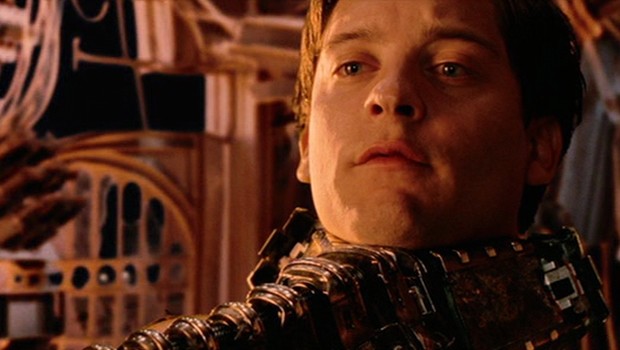
Spider-Man was the ideal cinematic introduction to the character, but Spider-Man 2 was where the series matured into genuinely great popcorn entertainment. Bolstered by Alfred Molina’s tragic villain Doc Ock, and Tobey Maguire’s best work as Peter Parker, Sam Raimi‘s sequel has an emotional core that makes us care about the characters beyond the action set pieces. (Even if some of those set pieces, like the one on the train, still rank as some of the best in comic book movie history.) In the years since its release, and more iterations of the character that one would have expected, it’s been difficult to find another superhero film that feels like one is enjoyably flipping the pages of a comic book with each new scene and retaining considerable emotional weight. – John U.
15. Hot Fuzz (Edgar Wright)
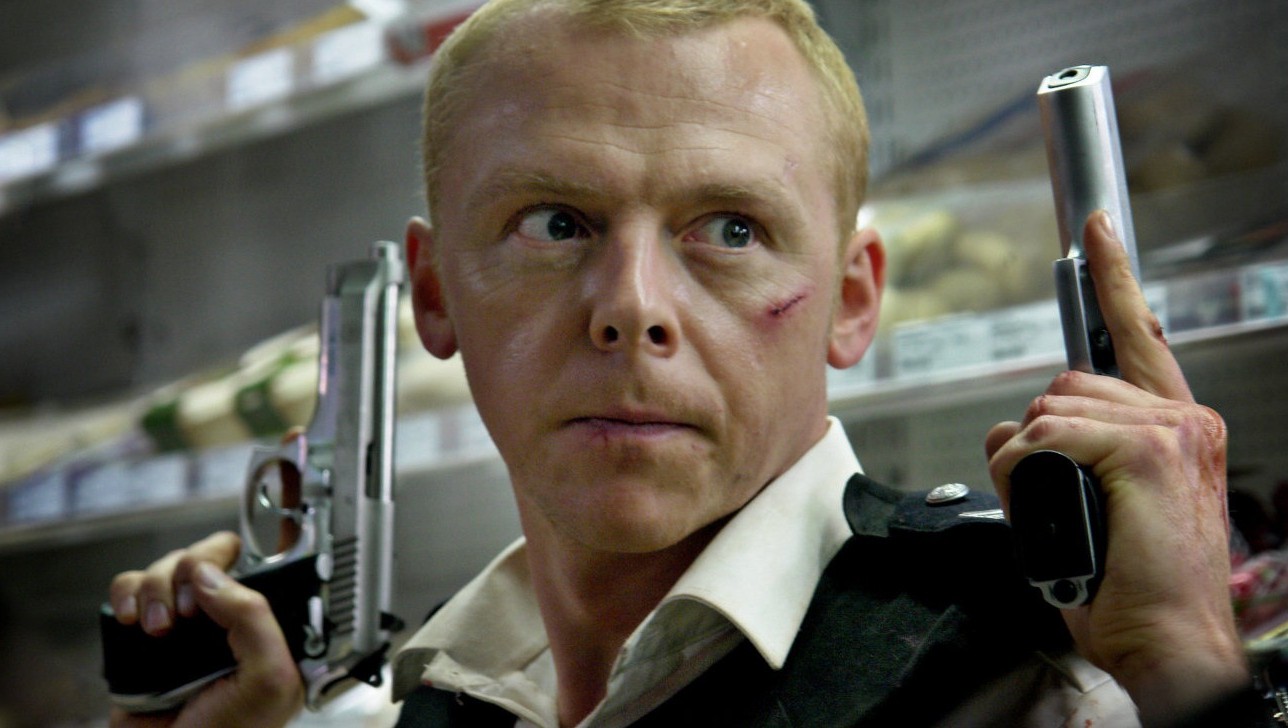
Few filmmakers have brought as much fresh air to the buddy cop genre as Edgar Wright with Hot Fuzz, masterfully executing his and co-writer Simon Pegg’s gracefully British addition to the cop movie brand. After super cop Nicolas Angel is transplanted from the mean streets of London to the wee village of Sandford, he finds the locals aren’t as welcoming as the appear on the surface as bodies quickly begin piling up. Seasoning the buddy cop formula with a slasher film antagonist and an encyclopedically cine-literate style, Wright and company transcend their roots of homage, creating an alternatingly hilarious and pulse-pounding action film. In many cases, Hot Fuzz is actually more fun than the films it parodies with such affection. – Tony H.
14. The Dark Knight (Christopher Nolan)
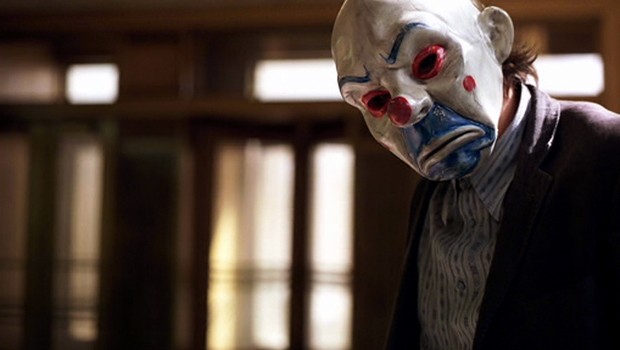
What can be said about The Dark Knight that hasn’t already been? To paraphrase The Joker, this movie changed things forever. Although 2005’s Batman Begins resurrected the series from its unfortunate Joel Schumacher era, it was The Dark Knight where Christopher Nolan began to explore the idea of doing a genre piece that just happens to feature Batman. What we get as a result is a masterfully-executed crime thriller, with wonderful performances, sharp writing, and a sense of grounded scale simply missing from films of its ilk. The fact that Heath Ledger so beautifully captured the essence of The Joker with his Oscar-winning performance, while remaining committed to the tone and the vision that Nolan was aiming for, is just one of the many reasons people will continue talking about The Dark Knight for years to come. – John U.
13. Apocalypto (Mel Gibson)
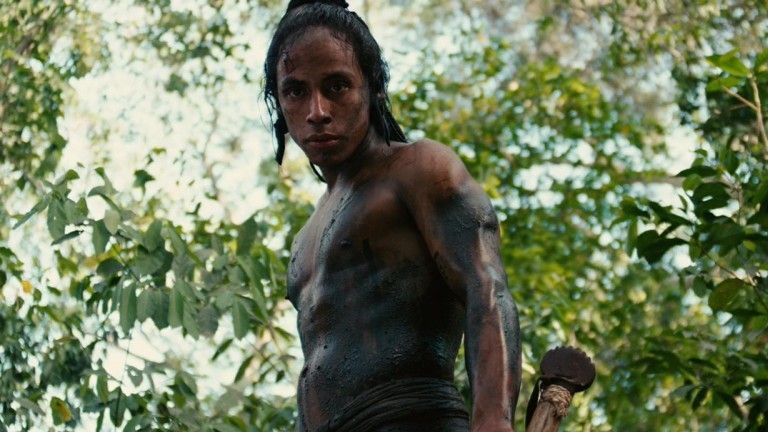
When Mel Gibson’s directorial work is discussed, it is usually about The Passion of the Christ, Braveheart, or his now Oscar-nominated comeback Hacksaw Ridge. But for some odd reason, Apocalypto, his nail-biting epic of survival in Mayan-era Mexico, is left out. This is a shame, because it is an incredibly well-directed, relentless journey packed with such uncompromising energy that its two-plus hours soar by. Yet the audience feels every minute of tension as protagonist Jaguar Paw — a Mesoamerican tribesman — is put through a series of hellish survival scenarios to save his family. Relying heavily on an economy of well-chosen images, Apocalypto is a brutal and incredibly satisfying piece of filmmaking that deserves more recognition. A bonus is its recreation of Native Yucatec dialect, along with a cast of indigenous Mexican and Native American actors (and non-actors) that creates a deeper level of immersion and doesn’t white-wash history. – Mike M.
12. Minority Report (Steven Spielberg)
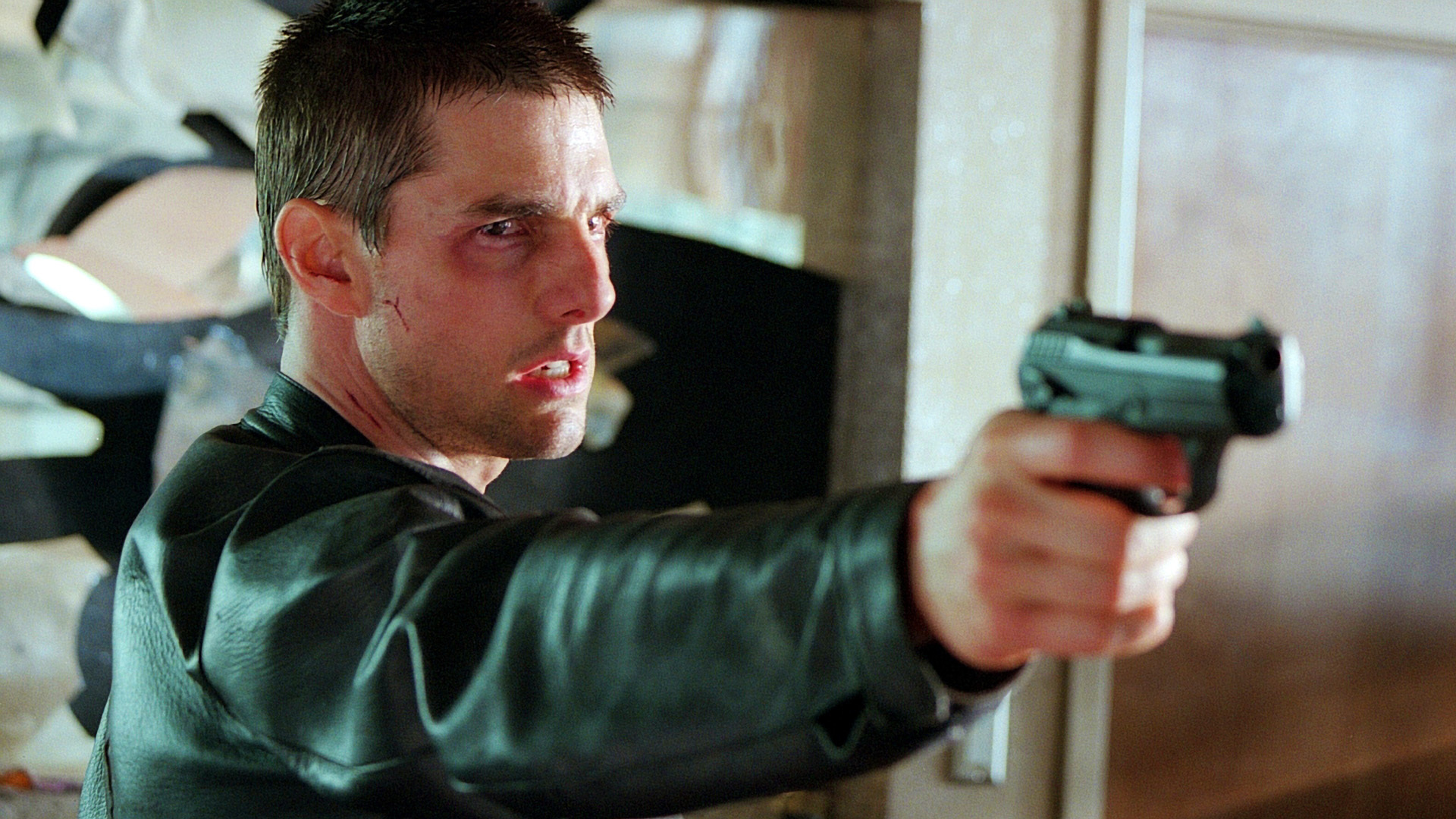
Steven Spielberg was in top form when he helmed Minority Report, a high-concept, high-wire neo-noir that remains one of the new millennium’s snazziest blockbusters. Playing yet another version of his improbably athletic onscreen self, Tom Cruise is a police chief on the run after his “Pre-Crime” law enforcement program implicates him in the future murder of someone he’s never met. This doozy of a premise asks us to ponder the ethicality of jailing would-be criminals based on not-yet-perpetrated crimes and, by extension, the question of fate itself. Is this system flawless or irreparably flawed? Can Cruise’s hero not kill his supposed victim? Minority Report is popcorn cinema bold enough to wax philosophical in these ways even as it pushes ever-forward through visual virtuosity and a pleasingly twisty storyline. – Jonah J.
11. The Raid: Redemption (Gareth Evans)
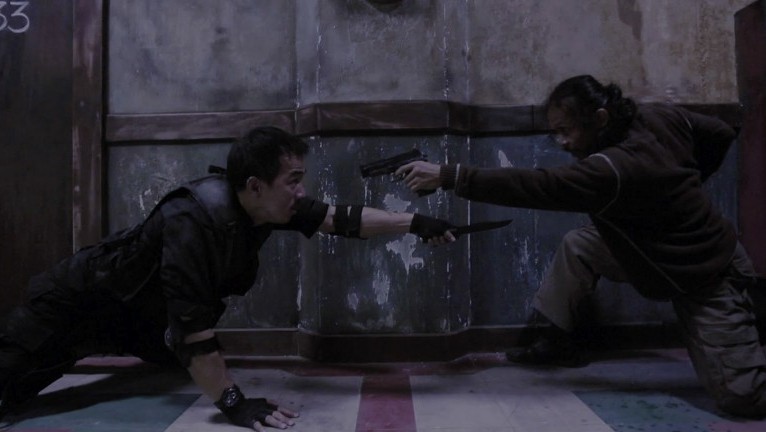
It is difficult to understate the sheer intensity with which The Raid: Redemption hits. Jaw-dropping not in scale but in its frenetic choreography, Gareth Evans crafts an action picture that brought the fighting style of silat to the big screen, and simultaneously put Indonesian action cinema on the map. Originally slated to make what would become The Raid 2, Evans had to tighten his narrative lens for budgetary reasons. What emerged is lean, efficiently minimal storytelling that still manages to hint at the larger world expanded upon in the sequel (which is also well worth your time, but missed the cut on this list). Evans squeezes out pathos from protagonist Rama (Iko Uwais), before events unfold in a high rise in the slums of Indonesia, where the action barely relents for its entire 100-minute runtime. While I tried to find more academic ways to say it, it really boils down to the fact that The Raid: Redemption is a badass cut of action cinema that will repeatedly punch you in the gut with sledgehammer ferocity. – Mike M.
10. Collateral (Michael Mann)
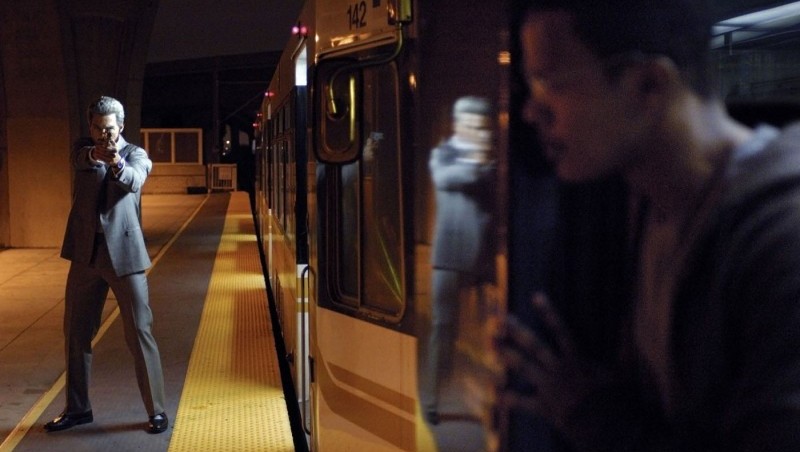
Most nightmares would make great action movies. They’re filled with bizarre scenarios from which there is no escape and the only victory that can be found is earned through insane risk. Collateral plays like the nightmare of a Los Angeles taxi driver come to life, and the story is just the beginning of the simply and brutally efficient quality of this film. Jamie Foxx and a grey-dyed Tom Cruise are an amazingly mismatched pair, and each brings so much depth and consideration to their character that you can almost feel the rest of their lives existing off screen. Michael Mann‘s embrace of digital cinematography also means that the film is grimly gorgeous, with scenes never before really possible. Los Angeles has never looked more awful or more beguiling. – Brian R.
9. The Grandmaster (Wong Kar-wai)
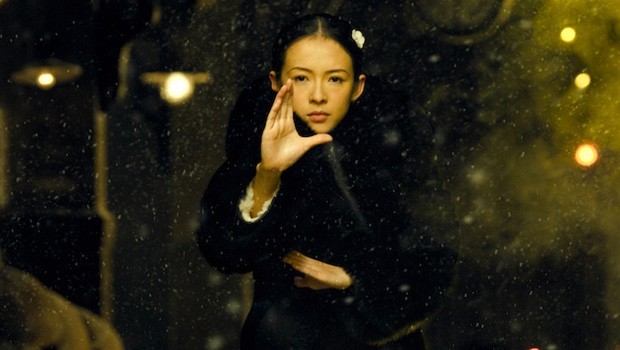
The most sensual film on this list is, no surprise, un film de Wong Kar-wai, and thoroughly so: his transition to the kung fu picture leaves no trace of compromise or bending to a genre’s will, the Hong Kong master instead conforming the genre’s numerous conventions around his step-printing- and slow-motion-heavy style. That might explain why it took so very long to be completed, and in some part accounts for the existence of multiple versions. My advice is to stay with the longest, its original Chinese cut, but to take a look at the reconfigured American take. If nothing else, you’ll get one more great fight scene out of it. – Nick N.
8. John Wick (Chad Stahelski and David Leitch)
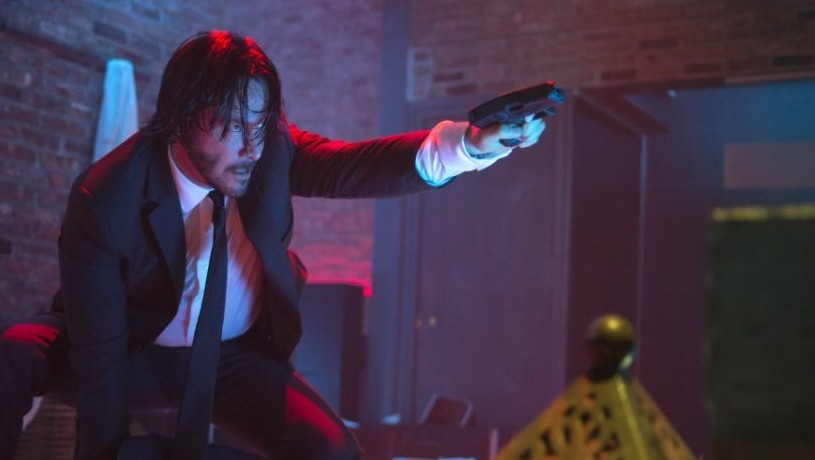
In so many ways, John Wick is the ideal modern action film. First, the setup is simple: a retired gunman loses his wife. Then, a couple thugs with ties to his past steal his car…and kill his dog. Now, John Wick (a pitch-perfect Keanu Reeves) must don the suit he swore off to his past for the most personal job of all, revenge. Within a razor-sharp economy of moments, John Wick offers genuine emotional weight behind all the mayhem. And what slick, beautiful mayhem it is. Ferociously paced and backed by a roaring soundtrack, the unbroken takes of Wick’s slaughter redefine how to depict action cinema. Giving birth to a new style of choreography known as “gun-fu,” these killings are so brutally stylized in their depiction as to almost become sensuous. Through a swirl of vibrant colors and pulsating lights, Jonathan Sela’s lush cinematography creates a dark underworld out of New York that is the sandbox for this violence. Lean, mean, and a one-man-wrecking-machine, John Wick is a new action icon we have been sorely missing. But now, thankfully, we’re thinking he’s back. – Mike M.
7. Haywire (Steven Soderbergh)
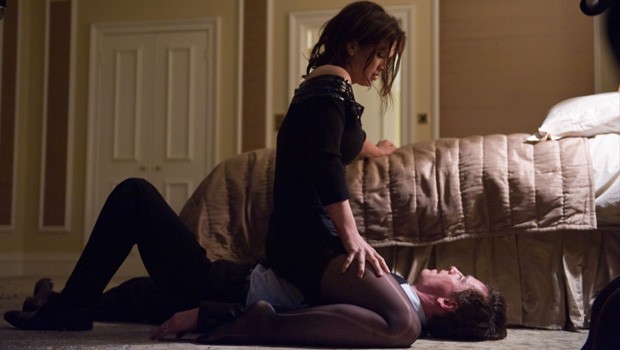
From the opening moments of Haywire — Steven Soderbergh’s slice of espionage action pulp — a couple things become crystal clear: It is deceptively well directed and has proverbial balls of steel. The viewer has mere moments to chew over their surroundings before the main course kicks in. Shot with an unblinking eye, the fight choreography is slick and brutal, standing as an audacious proclamation from Soderbergh of his evolving verve in the current cinematic climate. What follows is a sleek hour-and-a-half stuffed with A-list stars and a story that is simultaneously breezily told and yet dense in its plotting. This is Soderbergh’s take on a spy thriller of generation’s past, combined with the gut and mind of a modern, R-rated action flick. You’ve been warned. – Mike M.
6. The Bourne Ultimatum (Paul Greengrass)
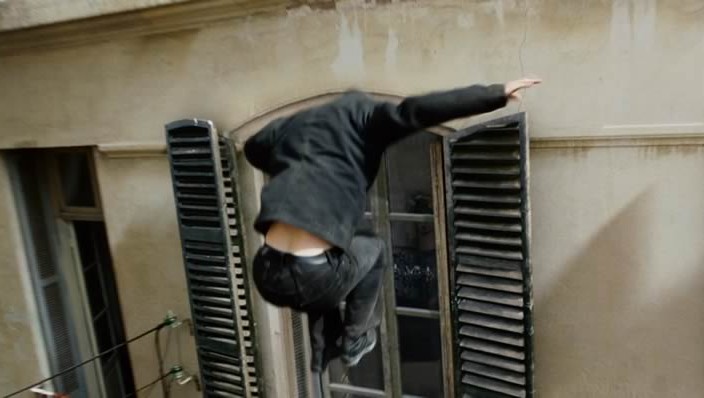
The Bourne Ultimatum possesses a visual and narrative urgency that is as much a worldview as a device of suspense; as action cinema, this film hits an entirely different level of mastery. A defining draw of the series thus far has been the unity of brains and brawn in the titular hero, and both get a workout via several spellbinding set pieces. The pleasures of watching Bourne run the game at a distance are plentiful, but it is when he gets rough and running that Ultimatum truly hits its stride. A car chase through Manhattan easily rivals Supremacy‘s Berlin-set finale, but it is a car chase-turned-free-run-turned-fistfight in Tangiers that cements the film as one of this young century’s finest action pictures. Keeping the camera rattling and whip-panning to sustain the frenetic mood, Paul Greengrass nonetheless maintains continuity of motion across myriad shots so that we can still discern the who, what, and where of each scene. Meanwhile, the percussive score pounds like Ennio Morricone’s work from The Battle of Algiers; the sound editing is so detailed as to be tactile, and the momentum of it all carries us into a state of kinetic bliss. – Jonah J.
5. Crouching Tiger, Hidden Dragon (Ang Lee)
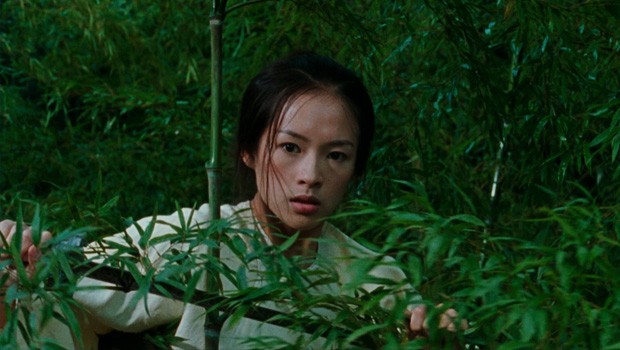
There may be no more diverse director working in Hollywood today than Ang Lee. Of course, he didn’t get his start there, rather with the Father Knows Best trilogy in his native land of Taiwan, but he soon returned to a formative genre with perhaps his career peak, Crouching Tiger, Hidden Dragon. The highest-grossing foreign-language film in America (by a large margin) and multiple Oscar winner earns its reputation with its thrilling grace and stunning beauty. As Roger Ebert said, “Like all ambitious movies, Crouching Tiger, Hidden Dragon transcends its origins and becomes one of a kind. It’s glorious, unashamed escapism and surprisingly touching at the same time.” Indeed, Lee made a electrifying film about a culture clash and the results united the East and the West. – Jordan R.
4. Mission: Impossible – Ghost Protocol (Brad Bird)
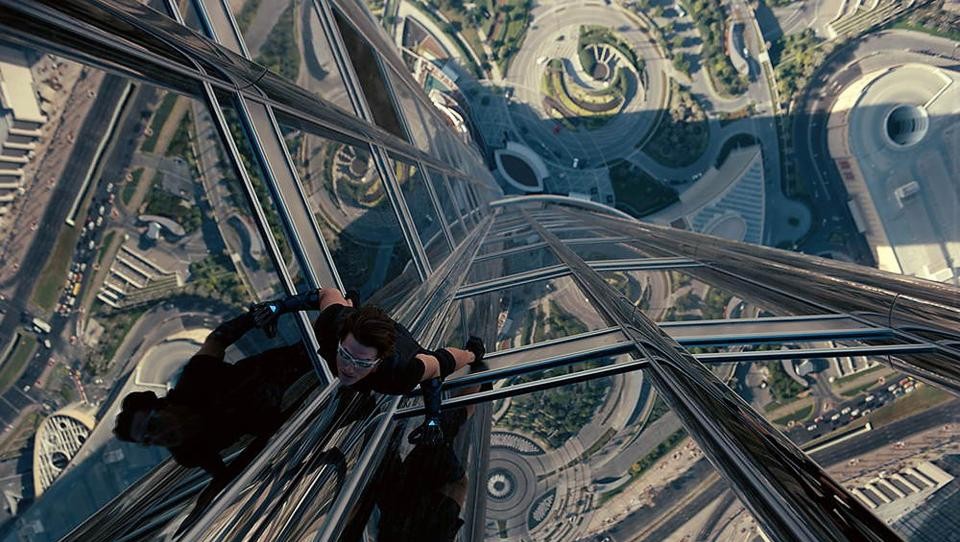
I’m still waiting for a better action experience in cinemas than the feeling of vertigo I experienced as Brad Bird‘s camera peered over the window’s ledge in the Burj Khalifa setpiece of Ghost Protocol. It certainly helped that I was at one of the largest IMAX screens in the world, but revisiting the film numerous time in the comfort of my comparatively minuscule own home proves that Brad Bird‘s live-action debut is an endlessly rewatchable. Yes, the villain is a far cry from its immediate predecessor, but the character work and snappy dialogue in virtually every scene only help to bolster the immaculately crafted setpieces. When it comes to popcorn entertainment — a term often used synonymously with action films — Ghotocol proves to the ideal example in the 21st century, and the peak of the Mission: Impossible franchise thus far. – Jordan R.
3. Mad Max: Fury Road (George Miller)
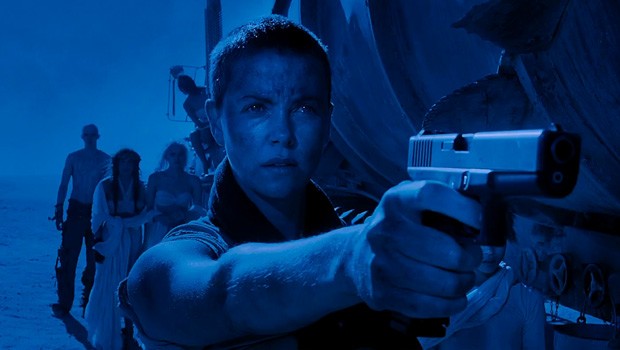
Action movies often suffer from a problem of pacing. When the time comes for exposition things crawl to an ungodly halt, and then the action flares up rather inorganically, and the seams show like the sutures on Frankenstein’s monster. Mad Max: Fury Road solves this problem by being constant action, though – to use an apt metaphor – constantly running in different gears. Even the quiet moments are at first gear, rather than neutral, and the most action-packed moments are in sixth with a nitro-boost. The practical effects, the inventive setpieces, and the Doof Warrior are all lovely additions, but its the pacing that really sets this film a cut above the rest. – Brian R.
2. Kill Bill (Quentin Tarantino)
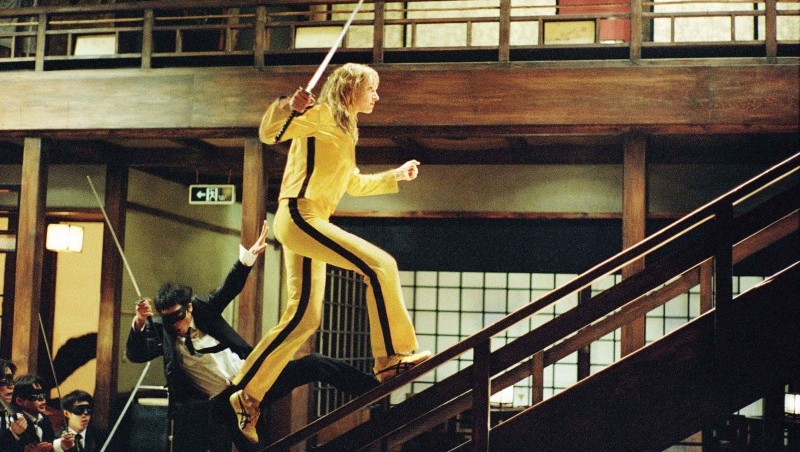
Kung fu, wuxia, western, classic revenge tale, and maybe, ultimately, a synthesis of these forming a genre that’s yet to be given a proper name — so’s the makeup of what may in fact be Quentin Tarantino‘s masterpiece. (Sorry, Aldo Raine.) For all its thrills — and there is not a single dull action sequence within the four-hour runtime, to say nothing of the fact that all are distinct from one another — Kill Bill is about as deeply felt as movies get: a bloody bacchanal that gradually reveals itself as a tale of the insane things people do in the name of love. – Nick N.
1. Miami Vice (Michael Mann)
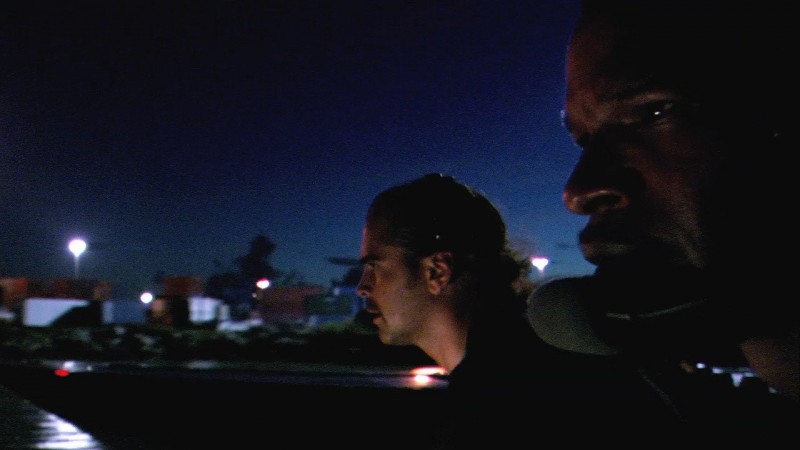
I dare you to find a movie that is more self-assuredly cool than Miami Vice. I dare you to find a film that is more in love with itself than Miami Vice. I dare you to find two characters more cool-infused than Jamie Foxx and Colin Farrell as Ricardo Tubbs and Sonny Crocket (respectively) in Miami Vice. This movie burns with the fire that only the truly un-self-conscious can embrace, and every scene drips with style and grace. The violence is sudden and real while still managing to be thrilling and electrifying. Every beat is calibrated for maximum sleekness, and thanks to the investment of the actors and the determination of writer-director Michael Mann, that cool is achieved. The soundtrack thumps, the sun shines, and the bullets fly. This is the pinnacle of action in the new millennium. – Brian R.
Honorable Mentions
Off the bat, there’s a number of films that made our sci-fi list that contain a good deal of action, but we appreciated them more for their sci-fi elements, including the Matrix sequels, Looper, Star Trek, Lucy, and Snowpiercer. There’s also a handful of films that might have made the list, but sway a bit more into other genres, such as Pineapple Express, The Nice Guys, Drive, The Grey, 21 Jump Street, Eastern Promises, Django Unchained, Munich, Sicario, Green Room, City of God, Scott Pilgrim, Headhunters, Tell No One, and The Assassin.
As for actual action films that nearly made the cut, we considered The Raid: Berandal, Kung Fu Hustle, The Man From Nowhere, Tell No One, Smokin’ Aces, Bad Boys II, A Hard Day, House of Flying Daggers, Point Blank, Flash Point, Once Upon A Time In Mexico, Redline, Public Enemies, Rogue One: A Star Wars Story, The Man From U.N.C.L.E., and The Blind Swordsman: Zatoichi.
What are your favorite action films this century so far?
Read More
The 50 Best Sci-Fi Films of the 21st Century Thus Far
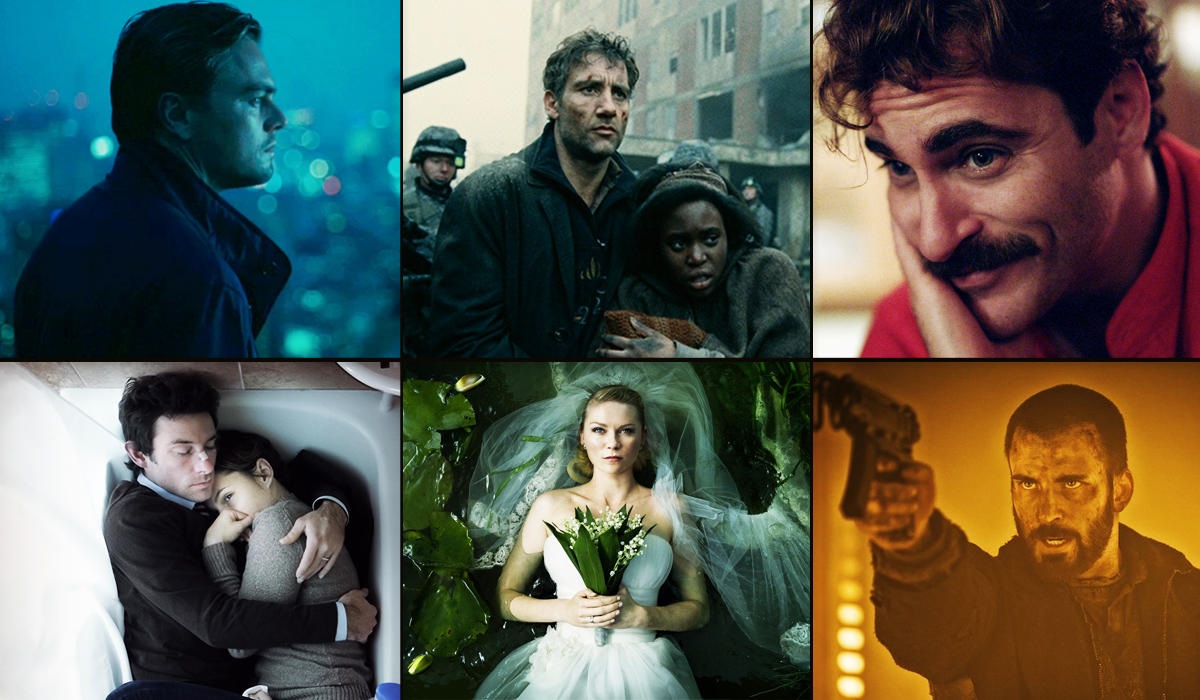
The 50 Best Animated Films of the 21st Century Thus Far
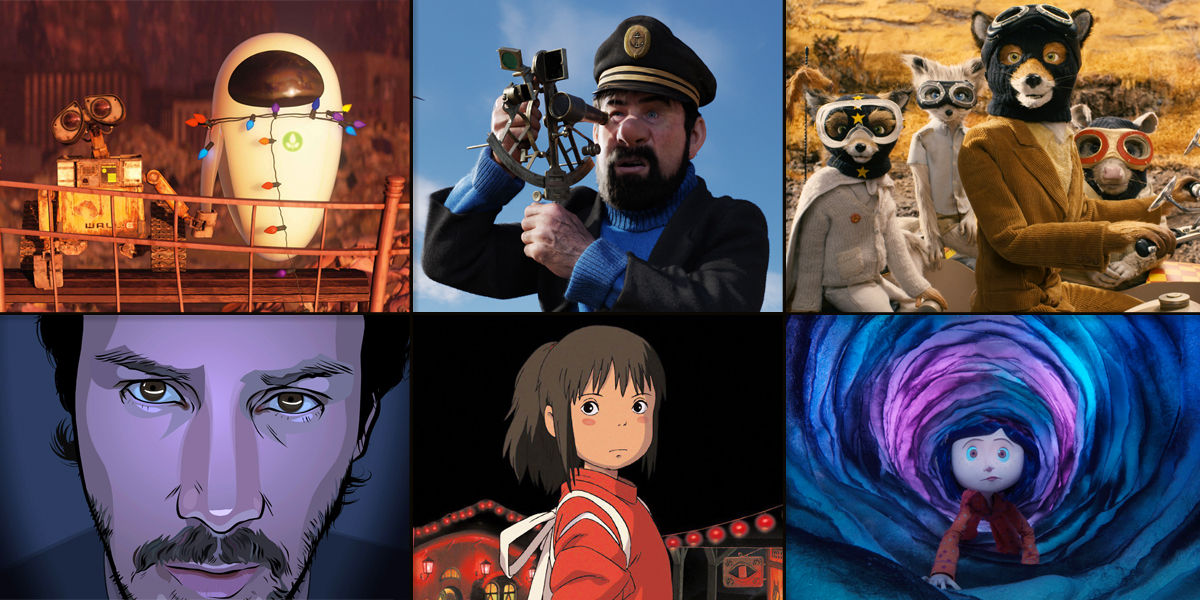
The 50 Best Comedies of the 21st Century Thus Far
